Caroline Baker: The pioneering inventor of street style
With an eclectic, freewheeling approach to fashion, Caroline Baker was among the first great British stylists, influencing everyone from Vivienne Westwood to Manolo Blahnik. A new book looks back on her indelible imprint on the fashion landscape
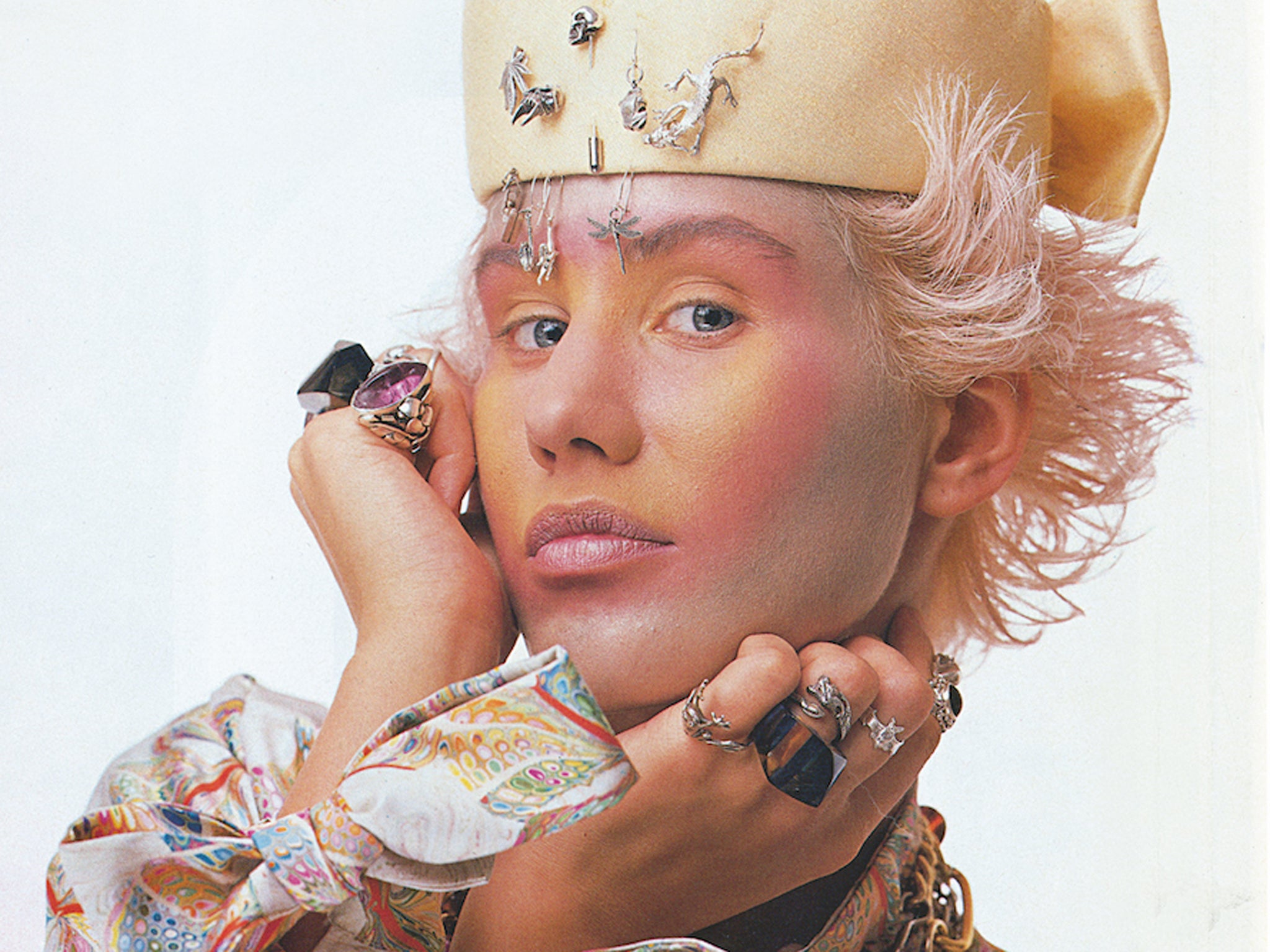
Your support helps us to tell the story
From reproductive rights to climate change to Big Tech, The Independent is on the ground when the story is developing. Whether it's investigating the financials of Elon Musk's pro-Trump PAC or producing our latest documentary, 'The A Word', which shines a light on the American women fighting for reproductive rights, we know how important it is to parse out the facts from the messaging.
At such a critical moment in US history, we need reporters on the ground. Your donation allows us to keep sending journalists to speak to both sides of the story.
The Independent is trusted by Americans across the entire political spectrum. And unlike many other quality news outlets, we choose not to lock Americans out of our reporting and analysis with paywalls. We believe quality journalism should be available to everyone, paid for by those who can afford it.
Your support makes all the difference.In many ways, stylist Caroline Baker had a typical post-war English childhood. The daughter of a former First World War soldier, she lived in a house trimmed by rose bushes, the BBC wafting from the radio across the lawns. The house was, however, at the foothill of the Andes in Argentina, where her British parents had moved after the war to escape the recession and start a vineyard. It’s hard not to read into this mish-mashed upbringing the start of what would later make her a brilliant stylist – finding joy in putting something traditional into an unexpected context.
After completing English boarding school in Buenos Aires, she was shipped back to the motherland. “I arrived in London with hair backcombed into a beehive, black eyeliner, circle skirt with frothy net petticoats making it stick out nicely, my feet squeezed into stilettos, only to discover that was ‘out’,” she recalls in a new book, Rebel Stylist: Caroline Baker, The Woman Who Invented Street Fashion, published by ACC Art Books. Although obsessed with clothes, she had no concept of fashion or art school and trained as a secretary. Joining fashion magazine Nova as an assistant in 1967, she was soon promoted to fashion editor thanks largely to her own personal style.
“Never having done a fashion story before, I was thrown in the deep end,” she writes. “The editor insisted our fashion pages had to be different to all the other women’s fashion magazines. Nova was a new style experience for “liberated” women, so I began exploring alternative sources for clothing. Army surplus, leg warmers and tights from ballet shops, waiters’ and chefs’ clothing, menswear (especially second hand) and even hospital gowns became material for my fashion pages. It was at Nova that I developed what became known as street style.”
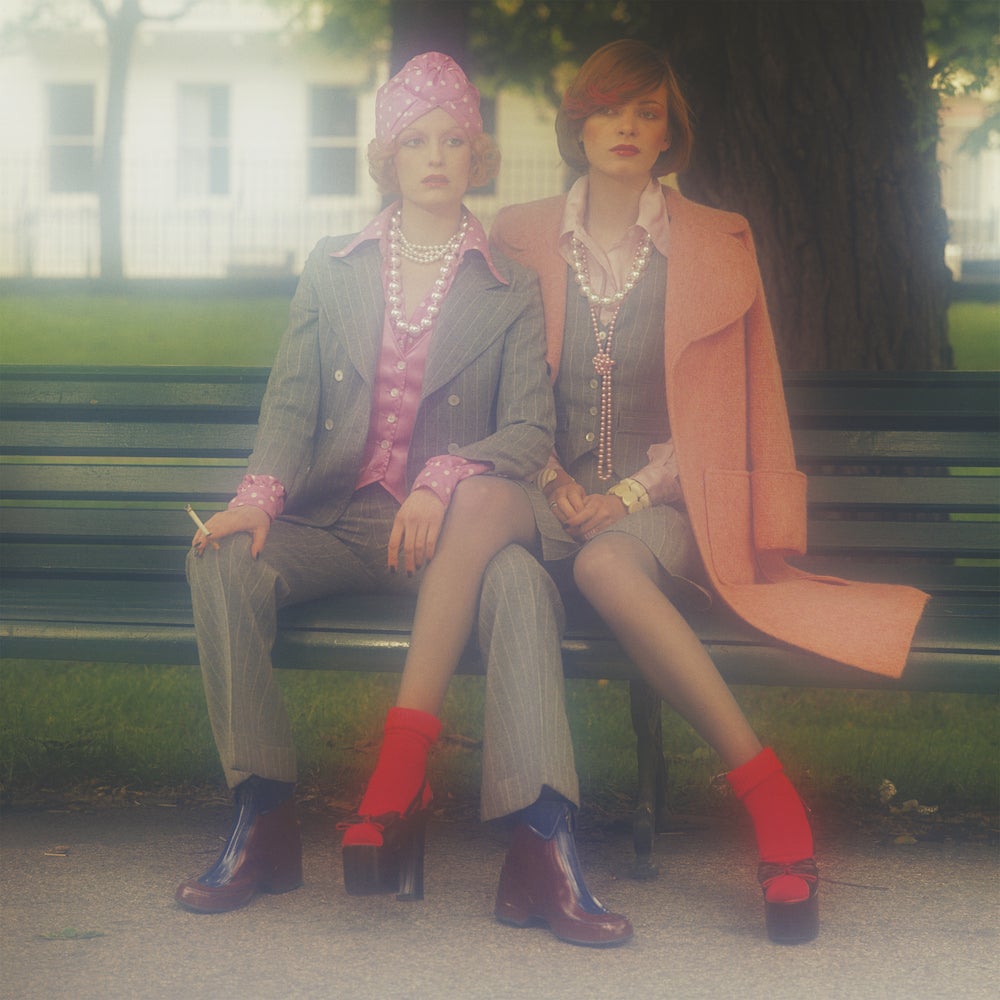
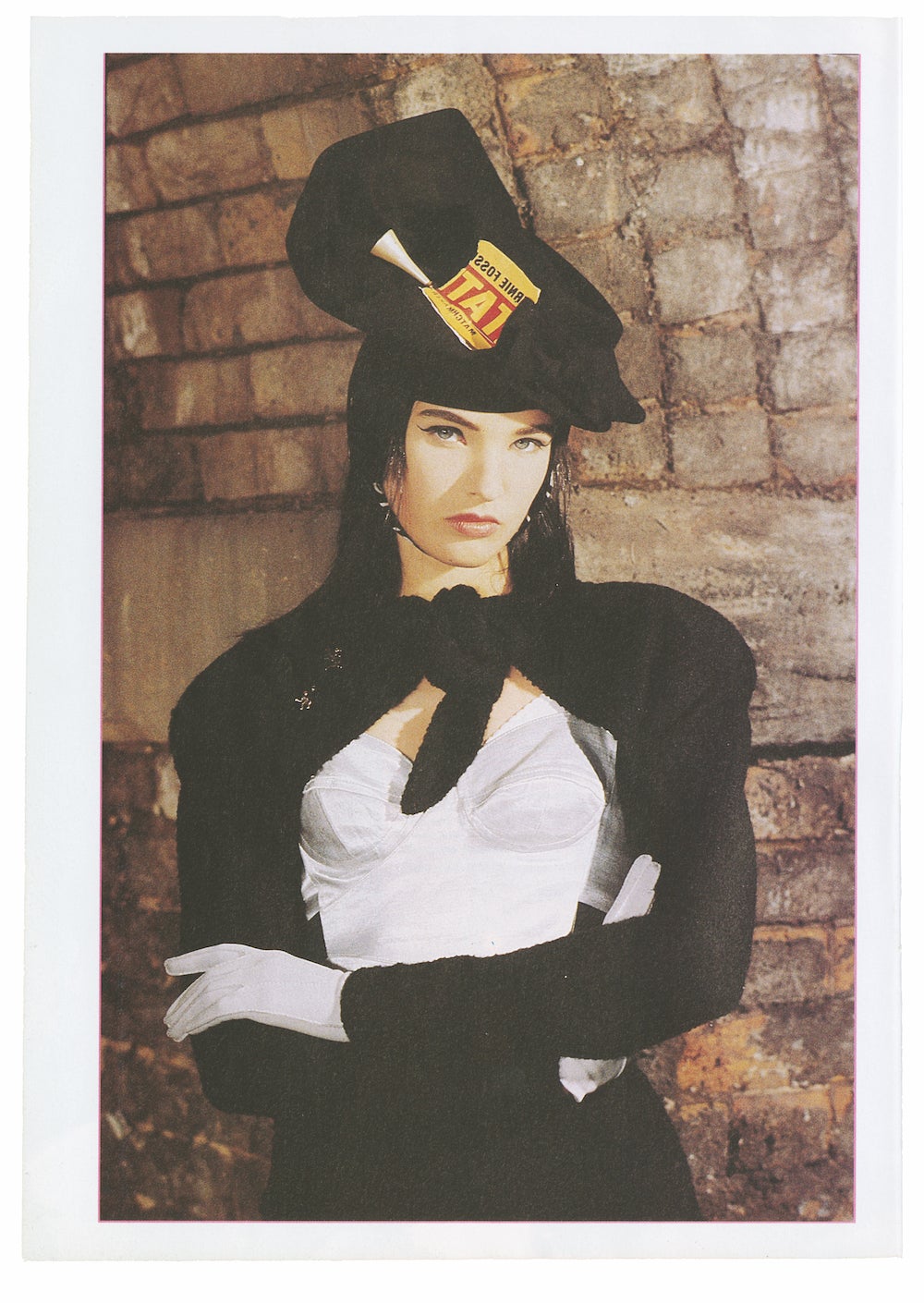
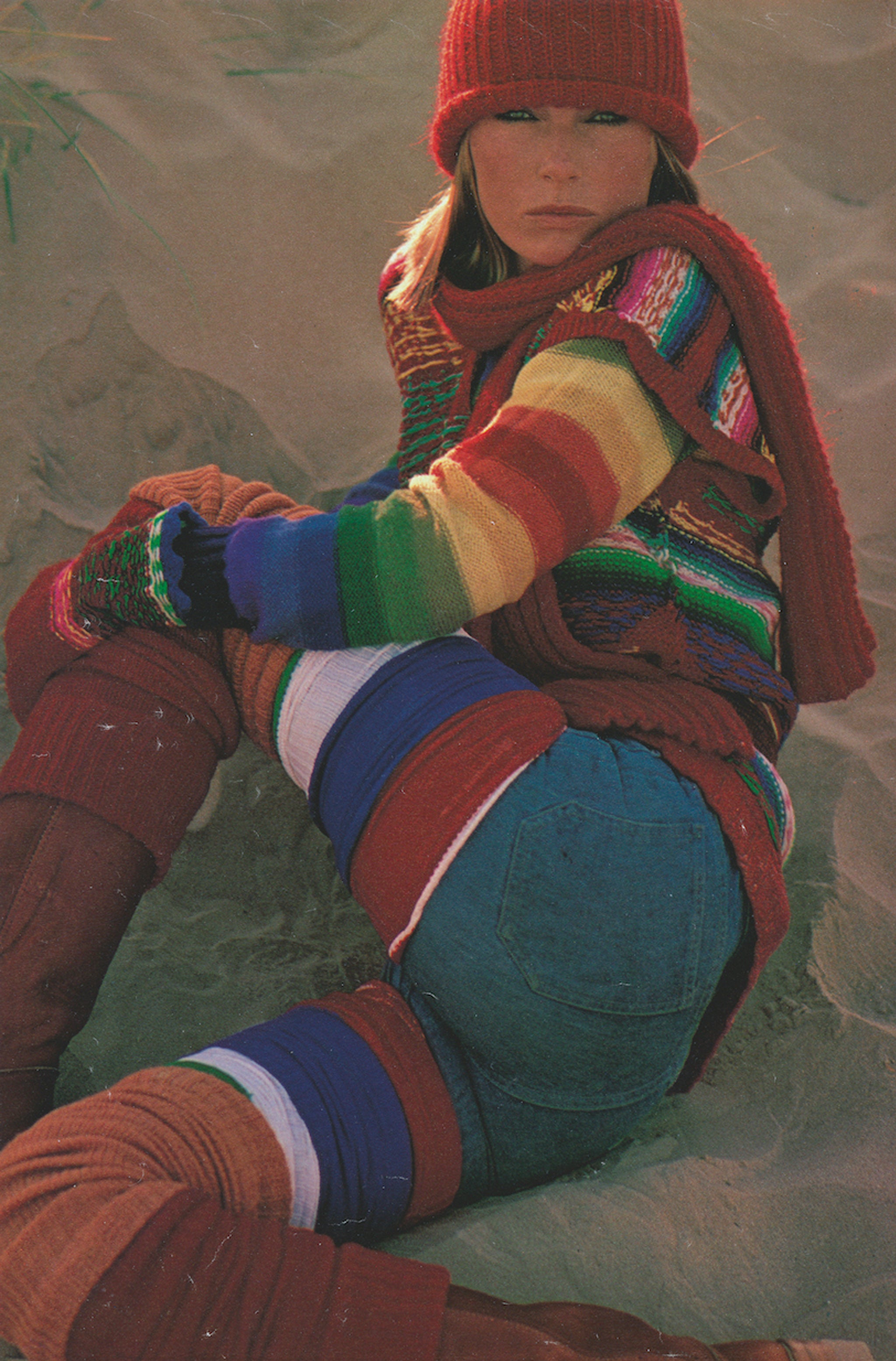
It would be another two decades before stylists were given their due and credited alongside the photographer for magazine photoshoots. From the beginning though, Baker pioneered an attitude to fashion styling which encouraged personal expression and creativity; she understood, “fashion depends more upon the way an outfit is put together than upon the clothes themselves”, and that the streets could be just as inspiring as catwalks. Her worked highlighted the important role a stylist could play in the fashion industry by bridging the gap between the designer and the consumer.
Even the concept of clothing itself became porous in her hands; she draped models only in blankets, used rope as belts or snipped and shredded expensive designerwear with scissors. One of her editorials might read: “Quant Smartees socks, 79p, unpicked at toes,” or, as she wrote in a 1987 story in i-D: “Giant safety pins, industrial clips, rough-and-ready inside-out darts… lacing things up with ribbons or elastic.”
Despite approaching fashion with the instinctive joy of a child in a dressing up box, it’s a testament to her sharp eye that her looks always worked. Her influence is felt particularly strongly today, in the eclectic, personalised styling of pop stars such as Harry Styles and FKA Twigs.
Shoe designer Manolo Blahnik says: “What she was doing was the start of what is now known as street style. Caroline was a seminal force in fashion when I started my career. I was totally enthralled by the looks she created.”
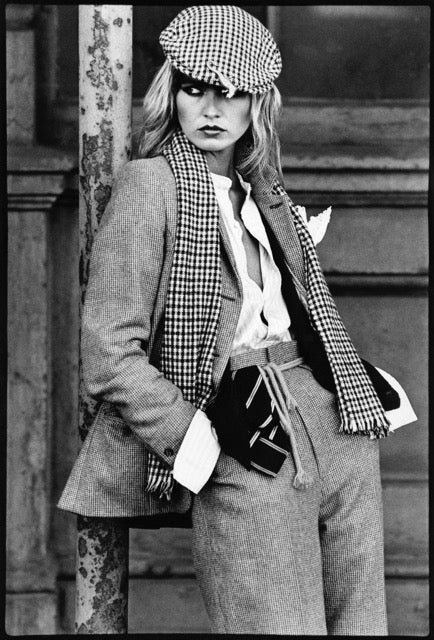
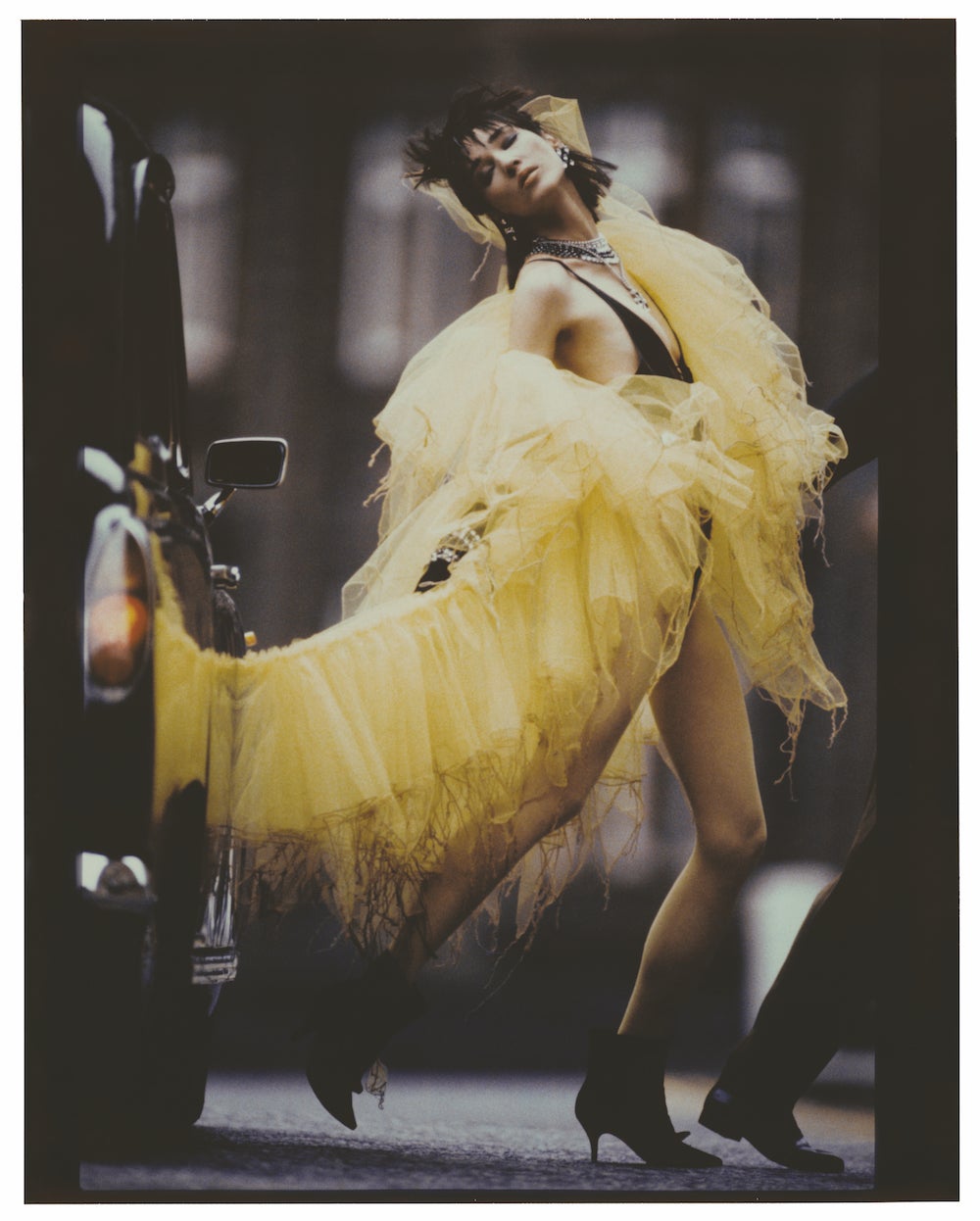
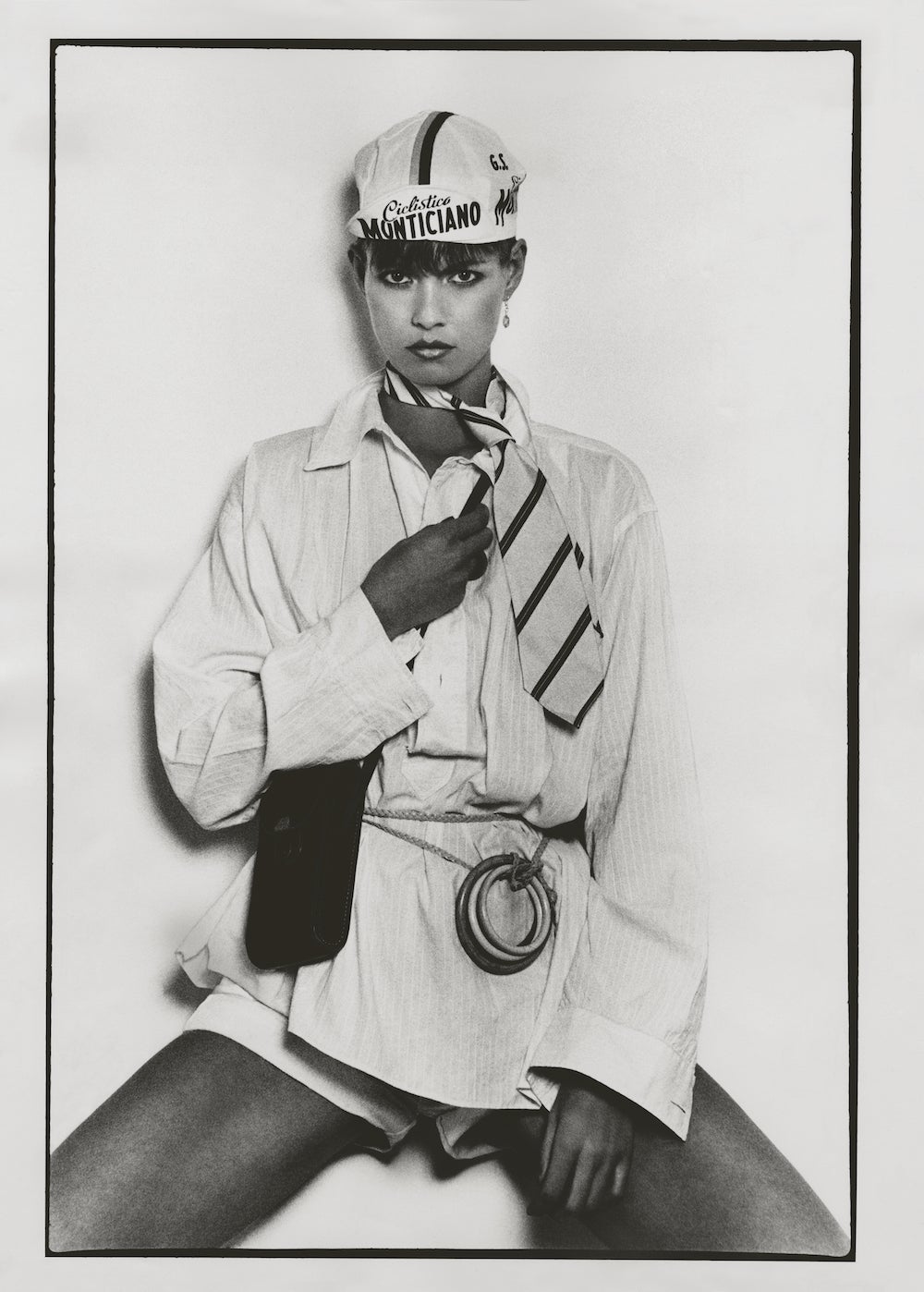
Nova folded in 1975 and punk exploded soon after. It was a turbulent time for Baker and she experienced unemployment and homelessness. She writes: “The mid-70s was when suddenly I decided I didn’t want to be this sex symbol any more. I didn’t want to be this pretty girl, this toy for men and I discovered menswear… I was getting second-hand men’s suits, which were huge, so my mantra was, ‘It doesn’t have to fit because I will make it fit’. I made it fit by putting a belt around the waist to hold the trousers up, this started that whole look that people call the ‘paper bag trousers’.”
In the late 1970s, Baker began collaborating with Vivienne Westwood, who was then working on the groundbreaking Pirate Collection. Westwood, in Rebel Stylist, says:“[Baker had] just come back from the Seychelles on a shoot – light tan and freckles with a brown pencil line across her nose from ear to ear. Light brown hair in a soft-styled ’40’s perm. So pretty, wearing a navy blue buttoned-up men’s gabardine.
“The next day she came to see me, she was dressed like slapstick with her hair in a centre-parting, it looked painted-on, and exaggerated, red, peekaboo lips – right up and over. Striped shirt, white jacket, trousers. She began styling my clothes… She was really into styling things by tying things on, sweaters round necks, sashes. She loved wearing things half on, half off. She loved our falling-down stockings.”
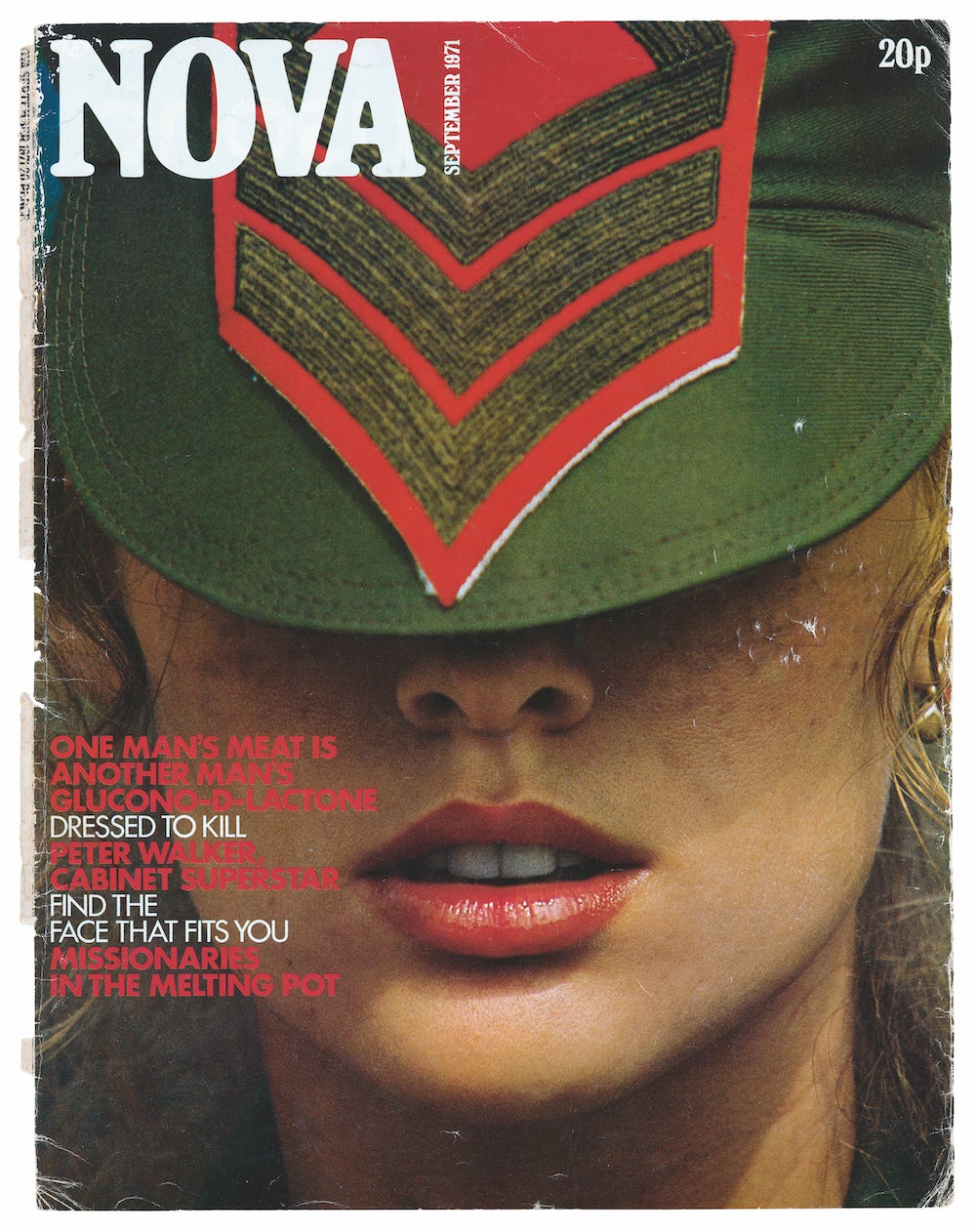
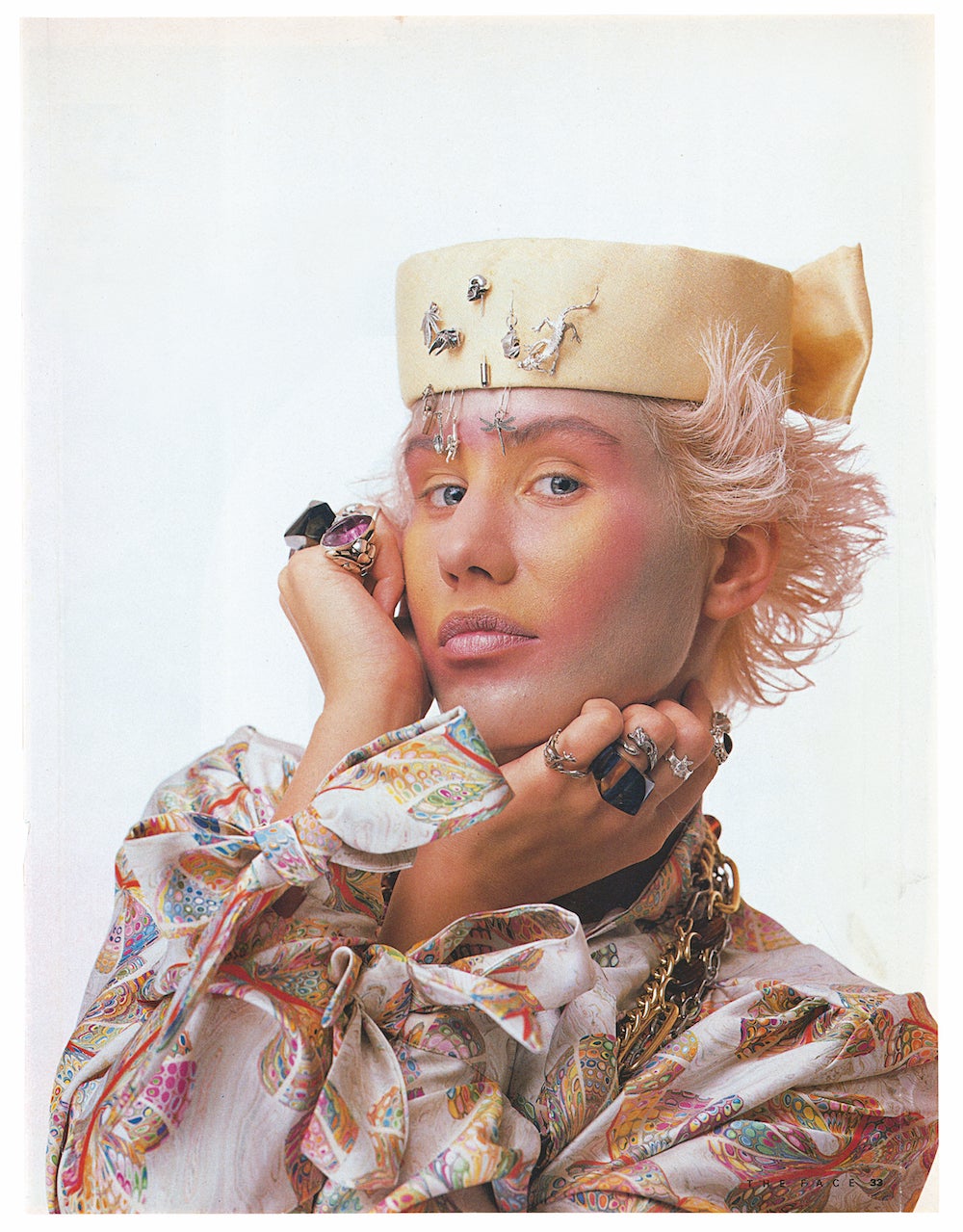
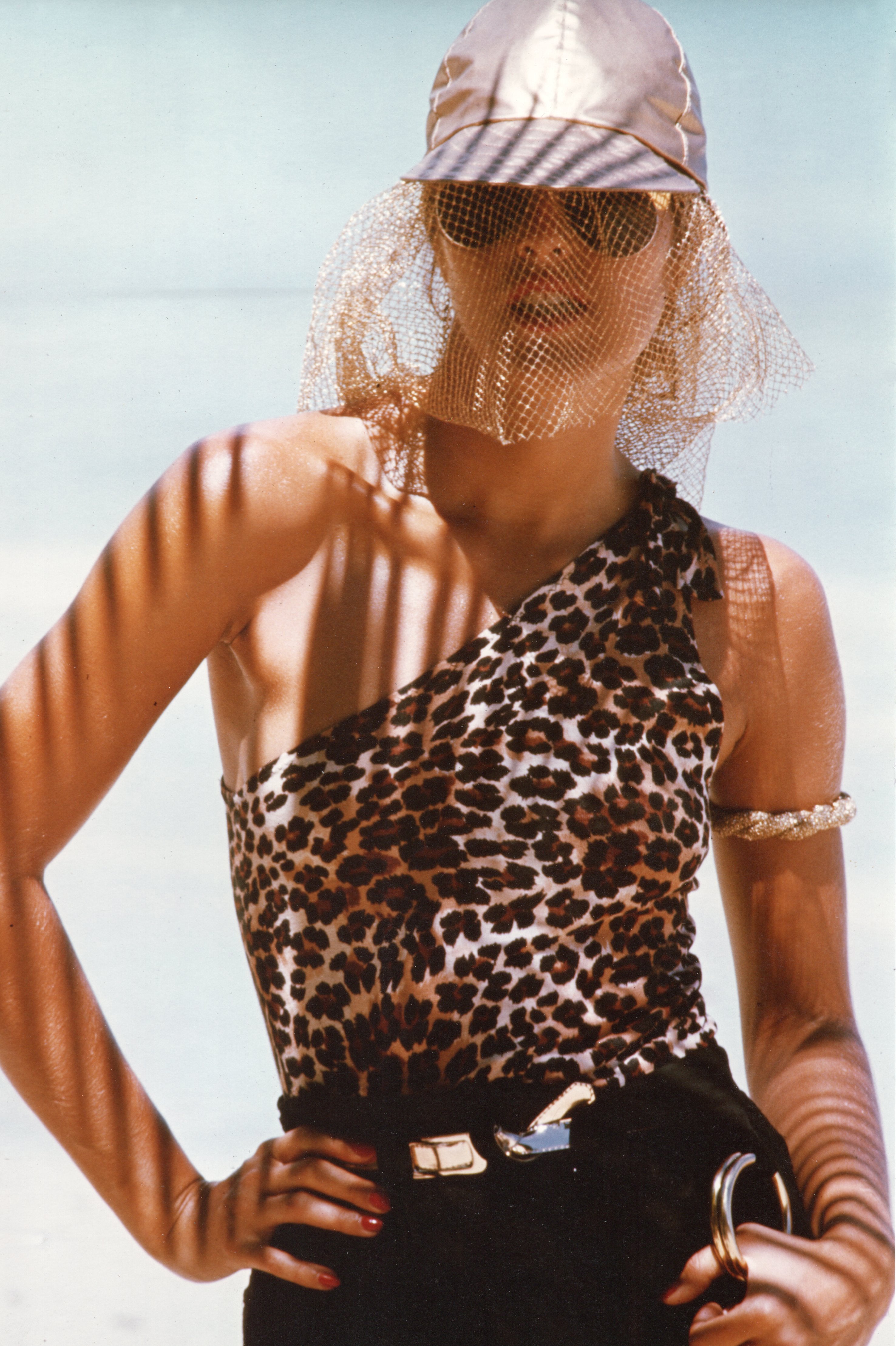
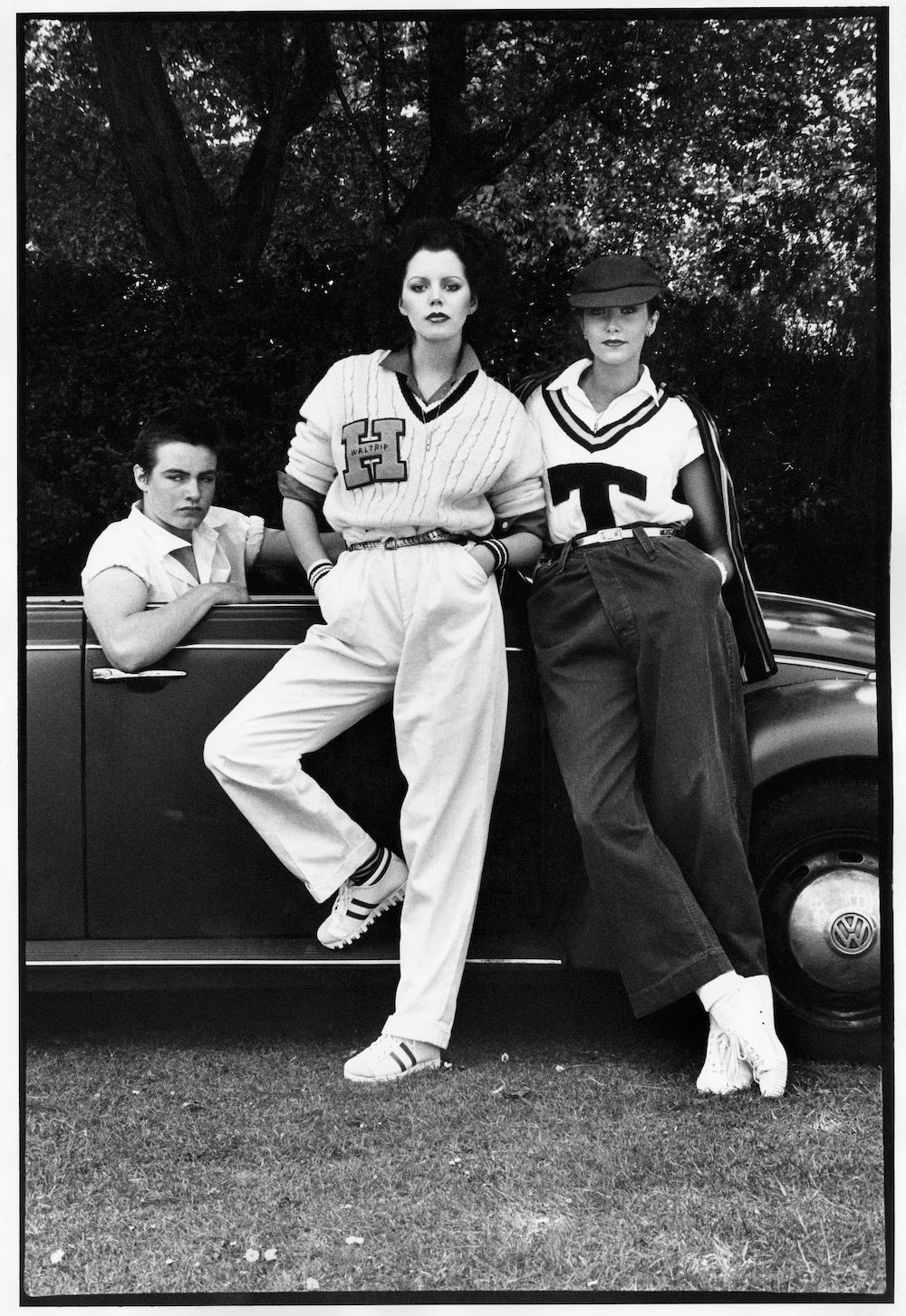
Baker would continue as a staff and freelance stylist, working for i-D, The Face, Cosmopolitan and The Sunday Times Magazine – she was deemed too much of an anarchist for the commercially minded British Vogue – and created successful ad campaigns for Benetton. “I continued to challenge perceptions of what women could wear, whatever their age, and embraced ideas of feminism, multi-culturalism and identity politics,” she writes. “My vision is always open and I’m always taking in new information. I think people are so original. I’m very much a street person, out and about and travelling by Tube.”
Creative director Yvonne Gold writes: “Her style didn’t follow fashion. Caroline was acutely aware of the zeitgeist: politics, power, peace and prejudice. She promoted sexual and social justice. She brought a new kind of individual, casual, comfortable, relaxed dressing, unique in its deconstructed, disarming, I-don’t-need-you, sexy confidence.”
Join our commenting forum
Join thought-provoking conversations, follow other Independent readers and see their replies
Comments